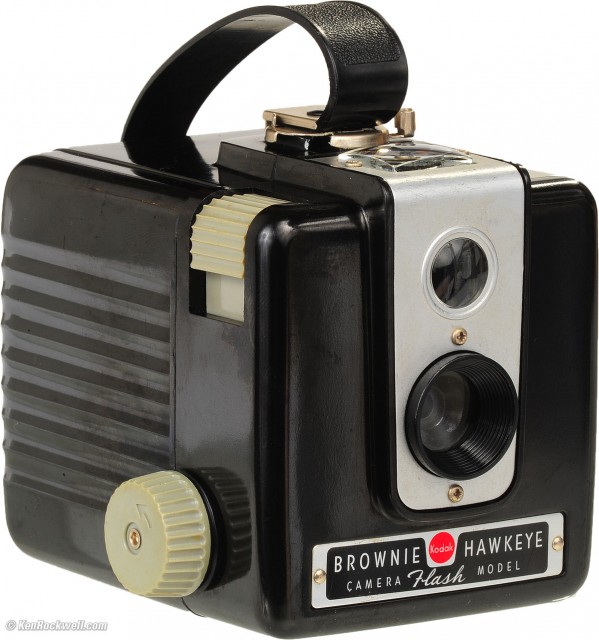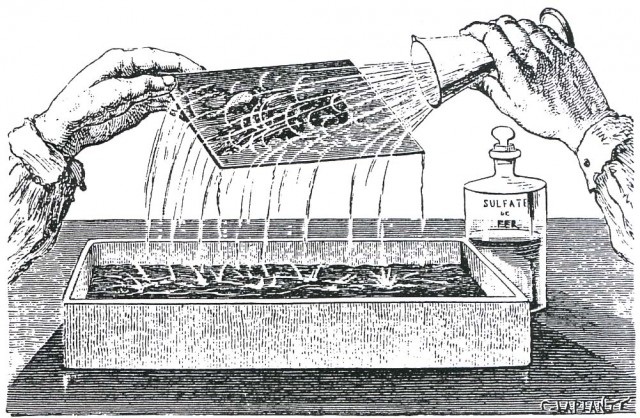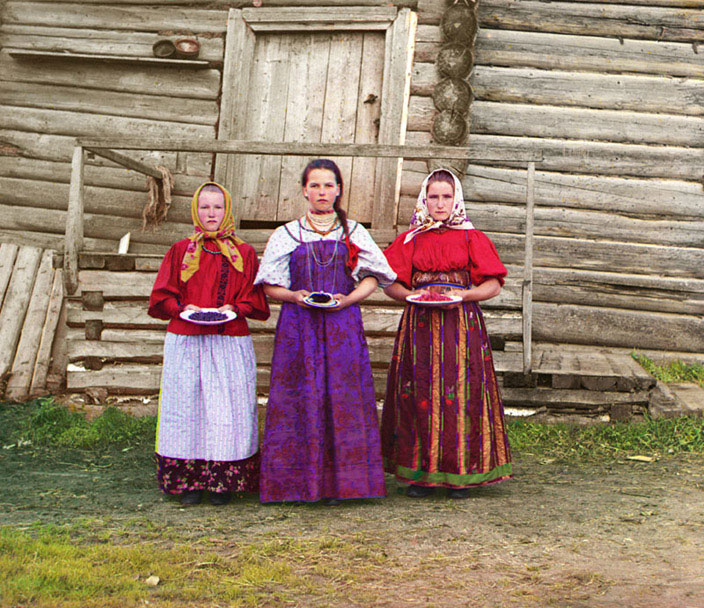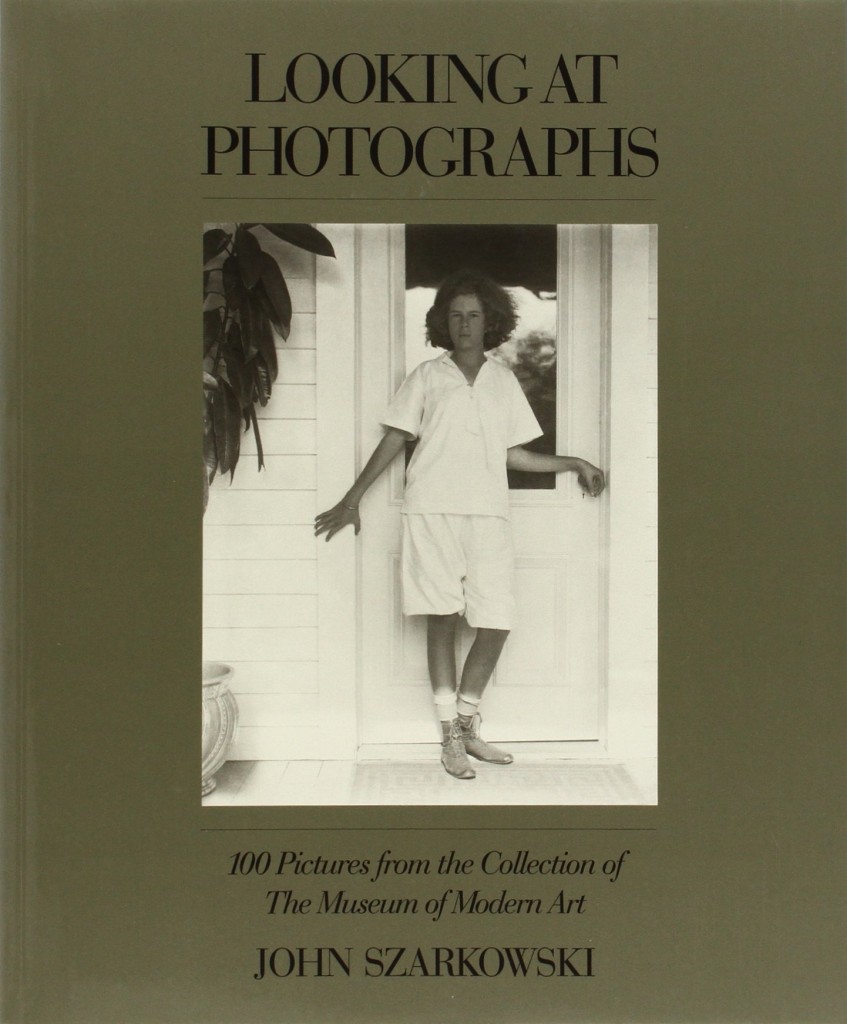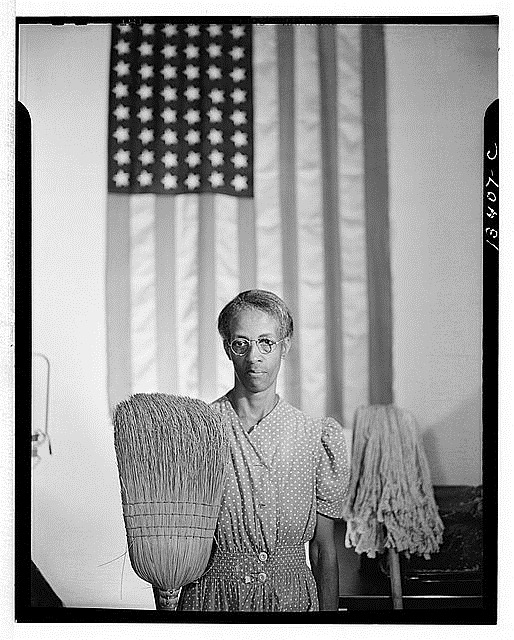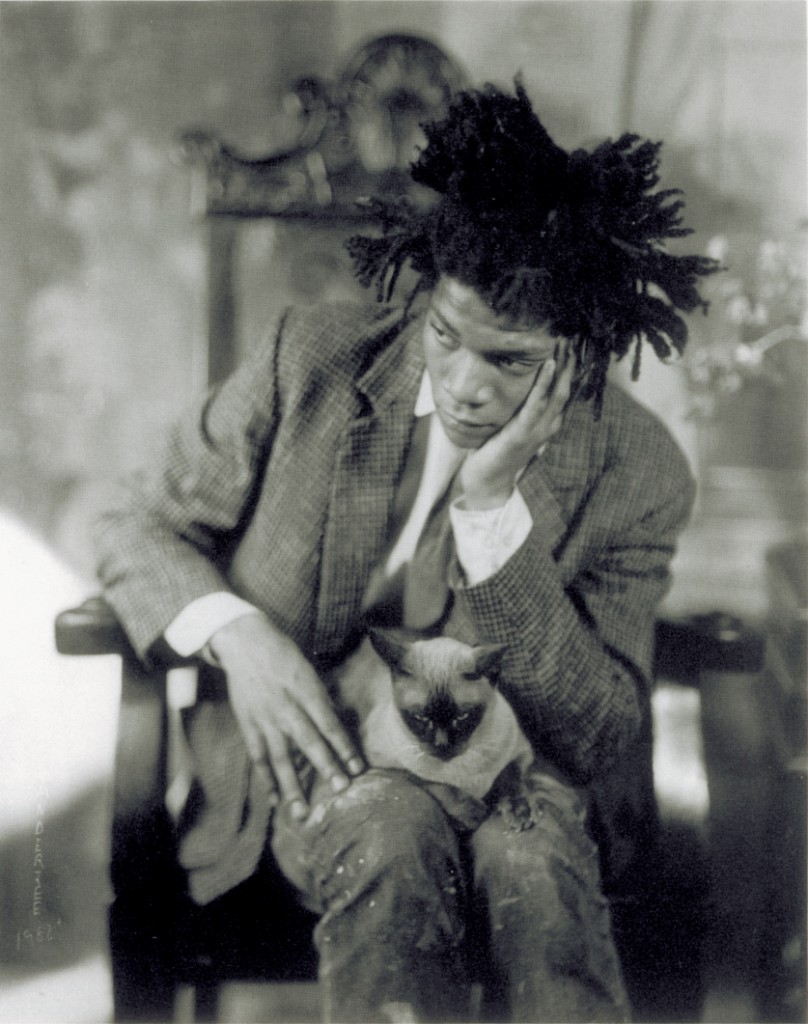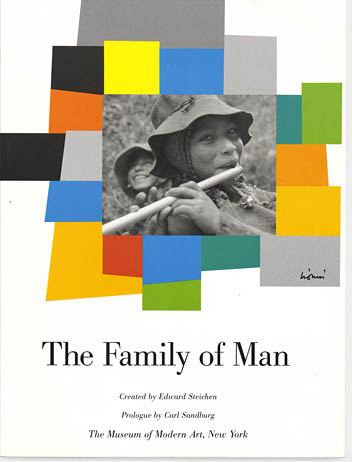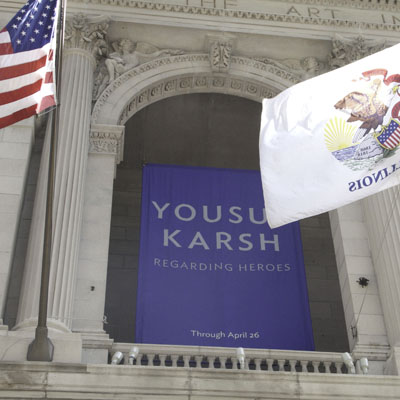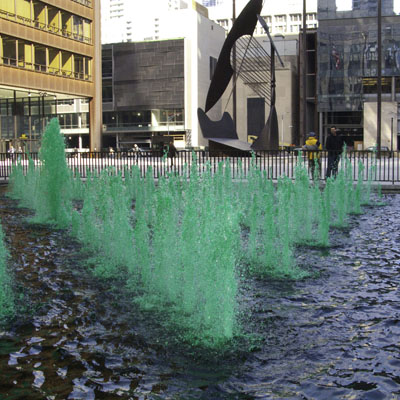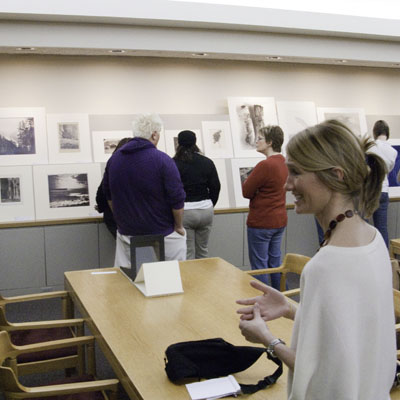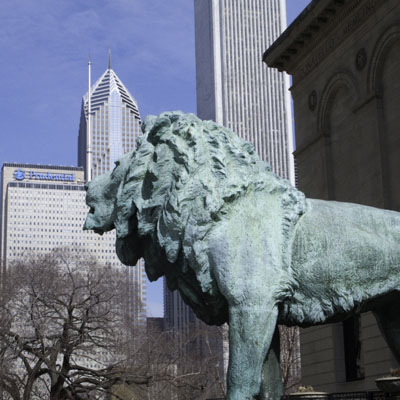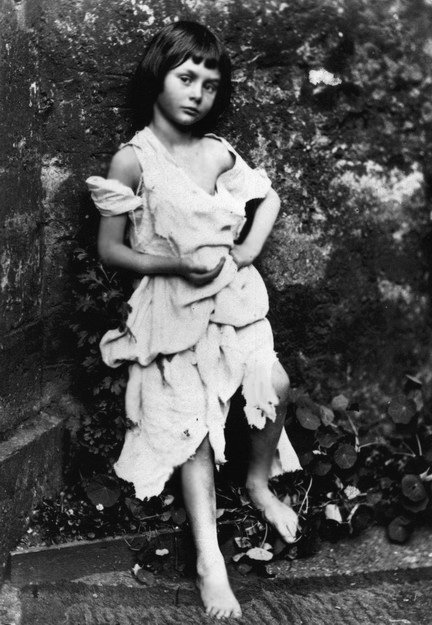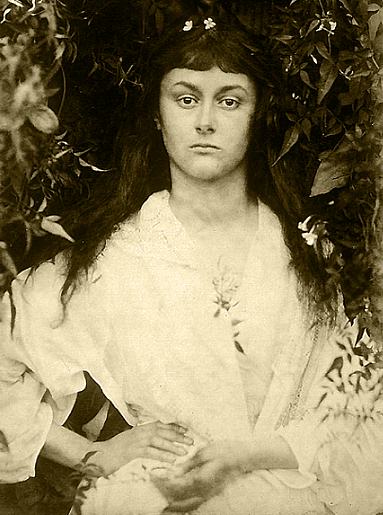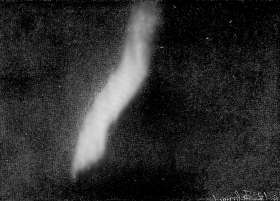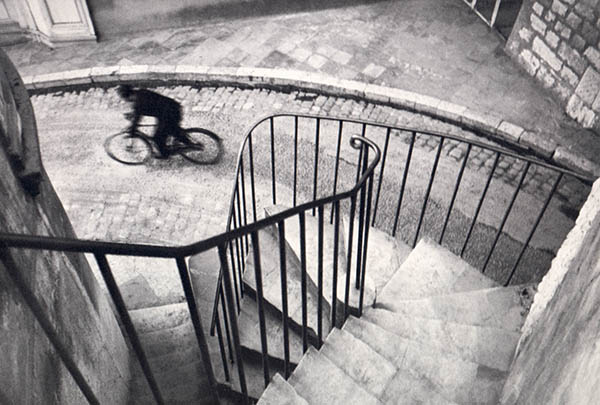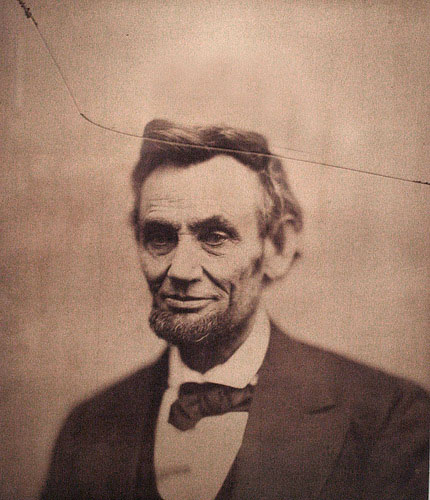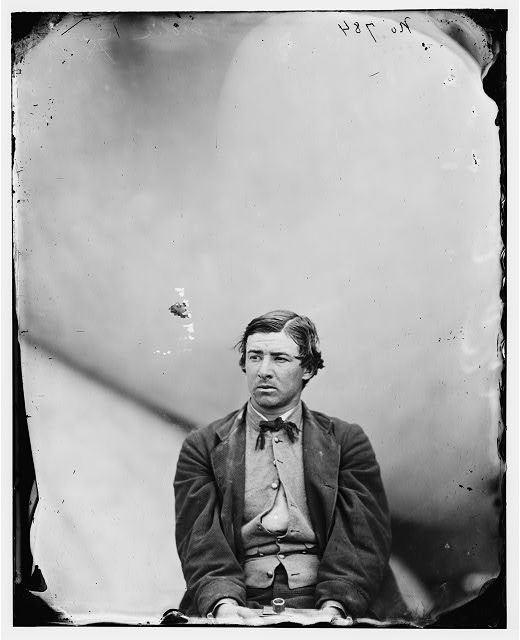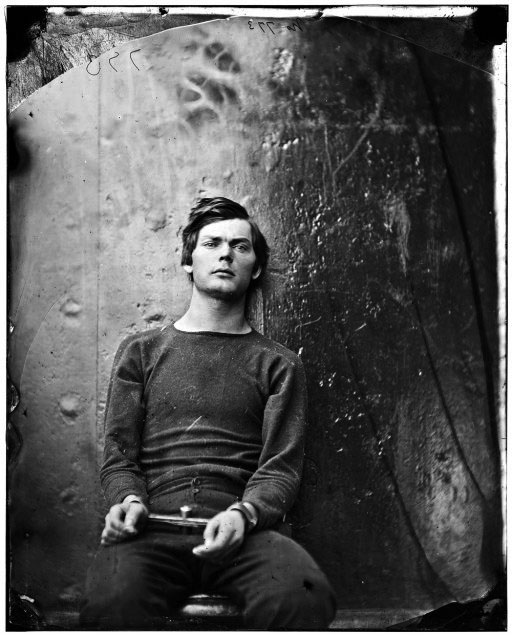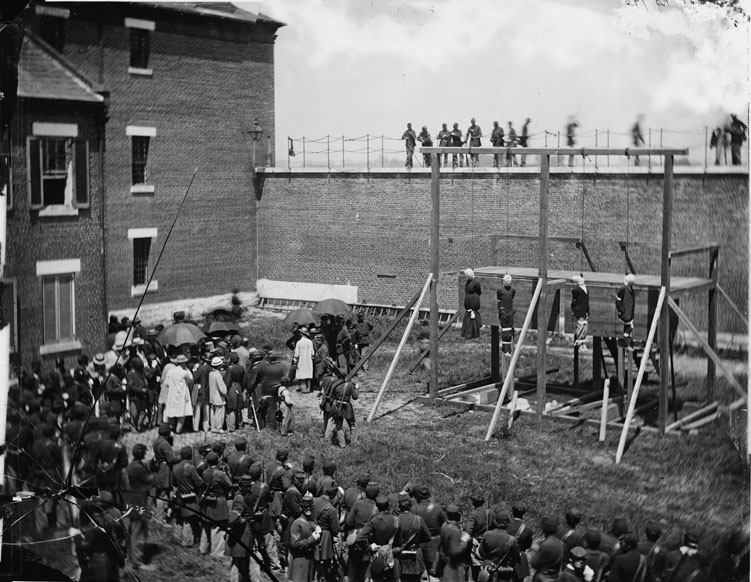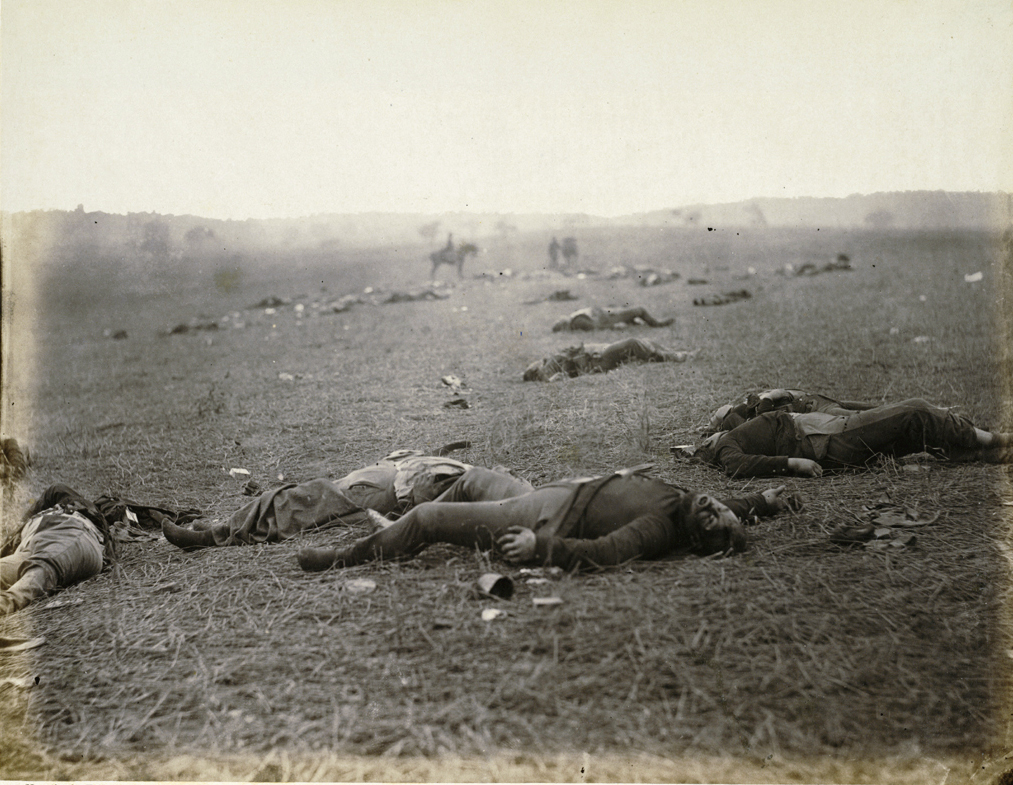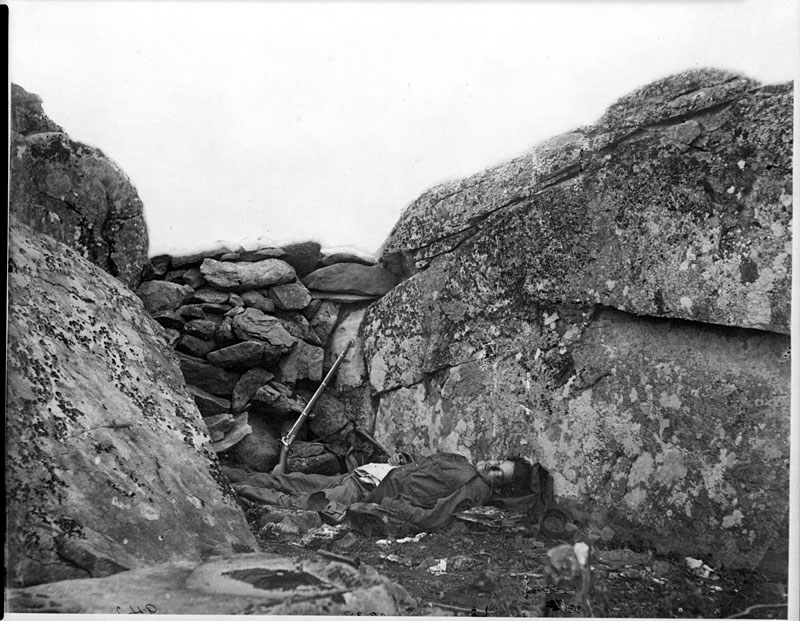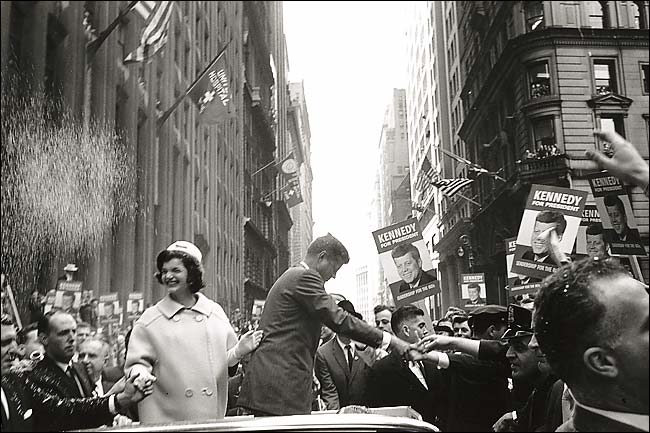The cyanotype was one of the earliest photographic processes and with its rich, blue color, remains one of the most beautiful. Invented in 1842 by the amazingly prolific Sir John Herschel, the easy-to-produce cyanotype lives on today in the darkrooms of many photographers and artists.
Podcast: Play in new window | Download (110.6MB)
Subscribe: Apple Podcasts | RSS
Links for this episode:
- Sir John Herschel – at the Getty Museum
- Anna Atkins – British Algae in the New York Public Library
- Alternative Photography – a how-to guide from a good source
- Cyanotype material from Freestyle Photo
- Lenscratch.com – Review of a contemporary exhibition of alternative processes, including Cyanotype
- My Italy Photography Workshops are being planned for May and June of 2016 – get on the Advanced Notice Mailing List here

Papaver rhoeas. Paper watermarked 1845.
Cyanotype from the Atkins-Dixon album presented by Anne Dixon to her nephew in 1861.
Image from A History of Women Photographers, published by Abbeville Press.

